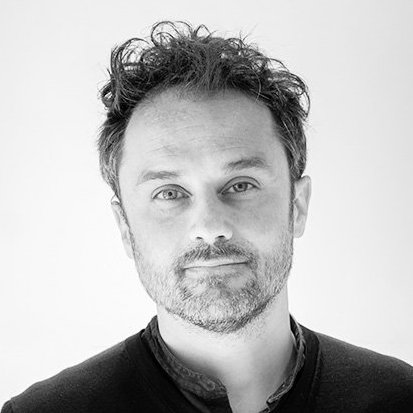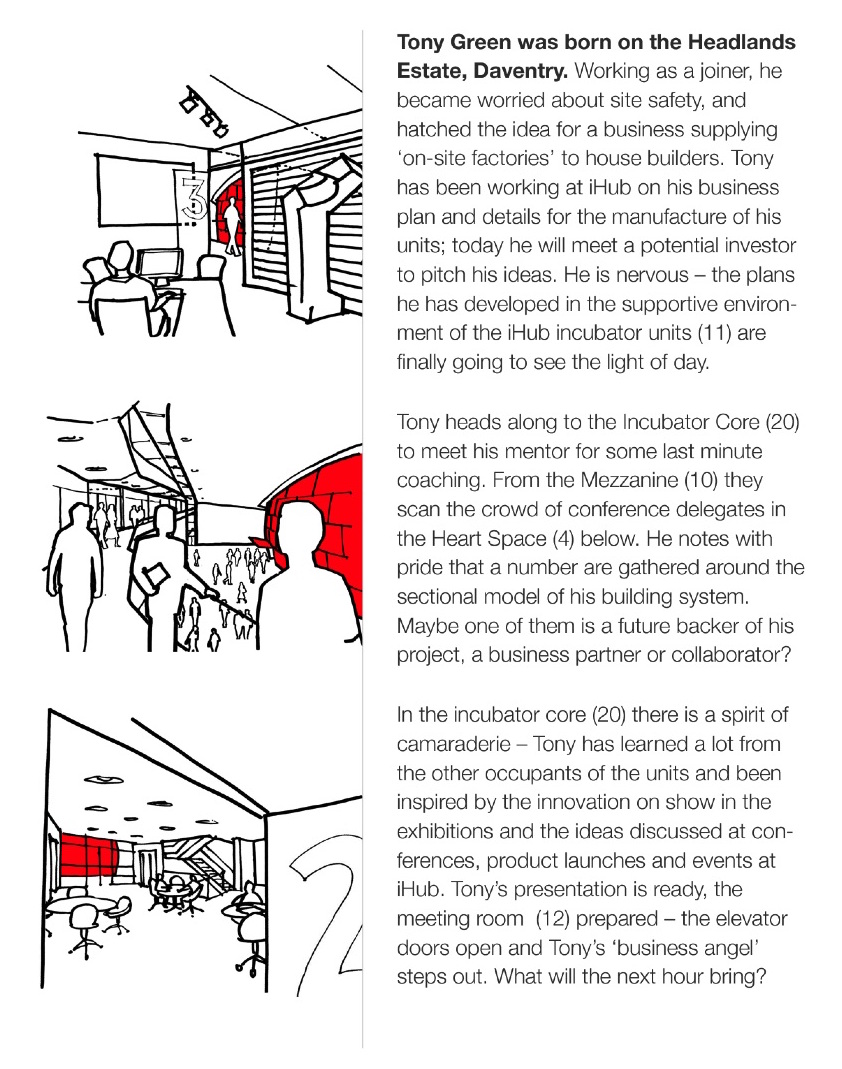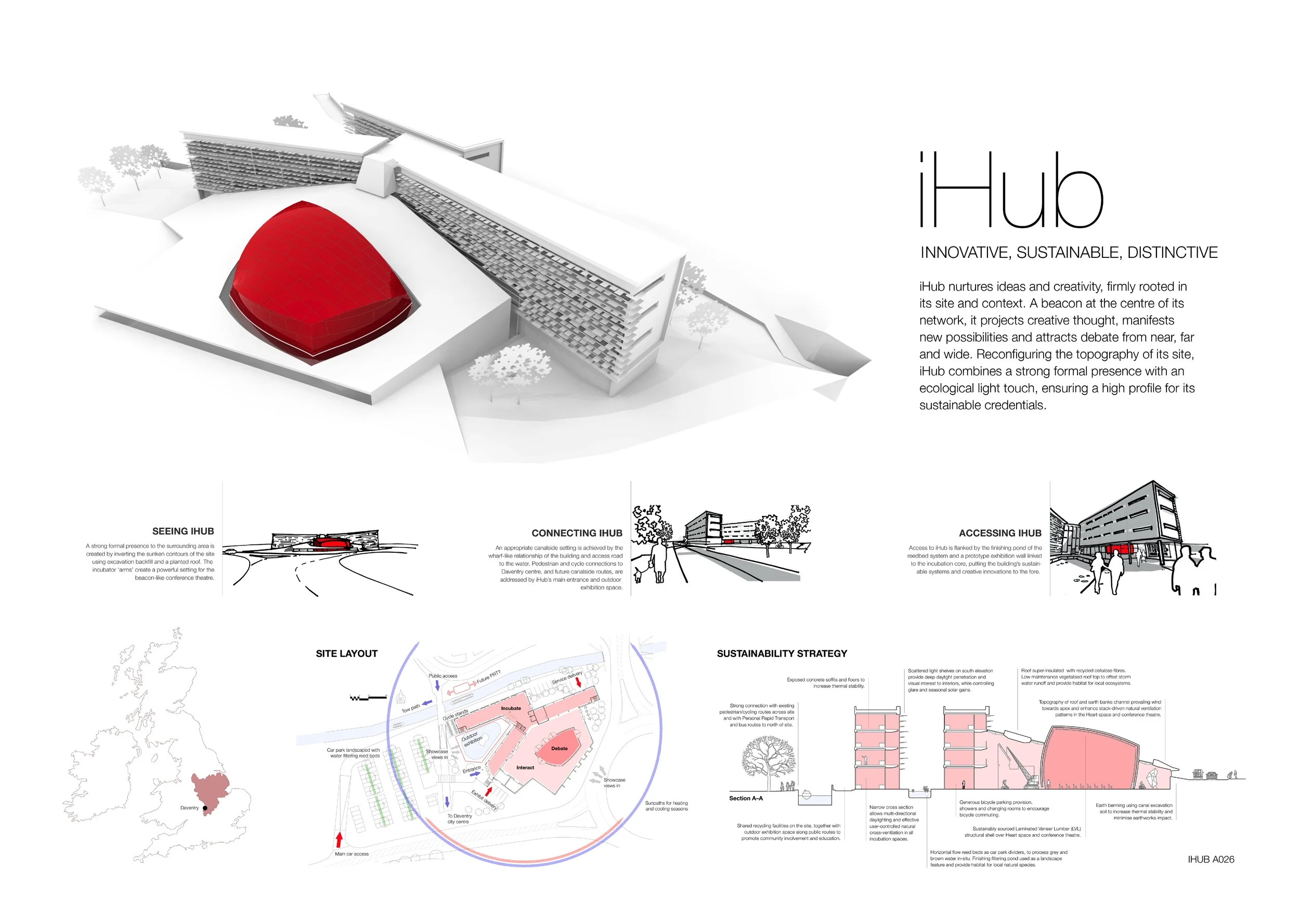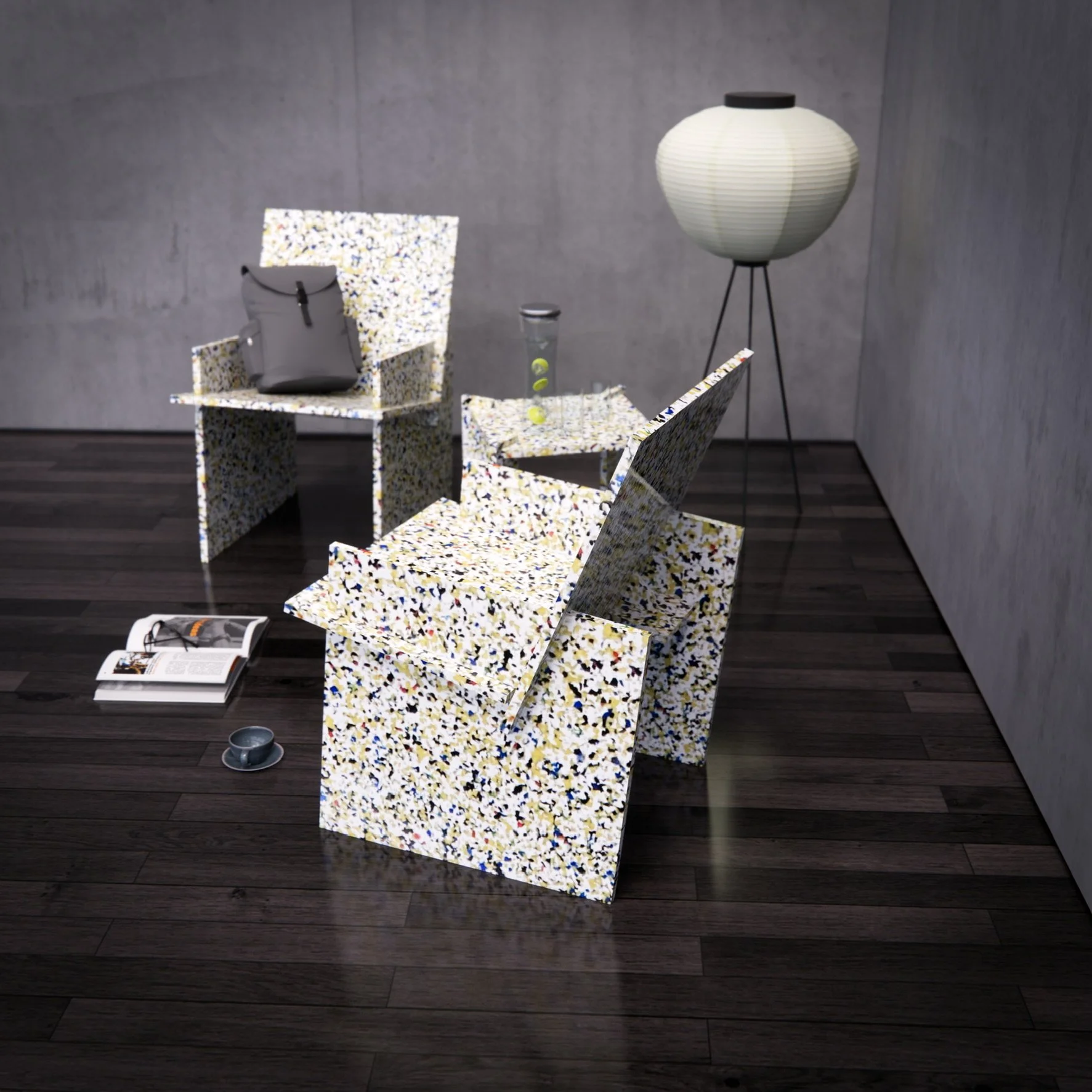Alina and Thibaut are on site for the official opening of the Lille Museum of Modern Art and have been hard at work seeking opinion on — and taking photographs of — our inflatable event space in the grounds.
French Culture and Communications Minister, Frédéric Mitterrand, described it as “very beautiful” during an official tour of the reopened museum yesterday — after diverting from his official route to view the inflatable.
Alina spoke to artist Barbara Gaul (a.k.a. ANNAH), from Düsseldorf, Germany, who said: “The enjoyment with this wonderful pavilion is so great that everyone — despite the summer weather outside — wants to be inside it, and all faces are lit up with joy!”
She also spoke to guest Simone Few, who told her: “Not only is it functional but also very sensitive and protective”. Clearly a woman of excellent judgment and, as it turned out, wife of jazz musician Bobby Few.
For more information, see our press release section and our portfolio page about this project.


































